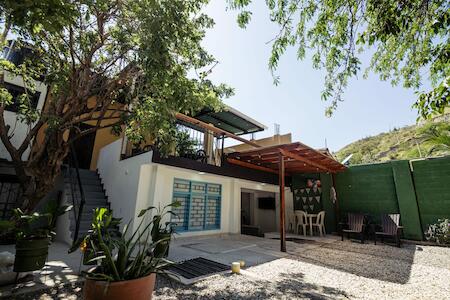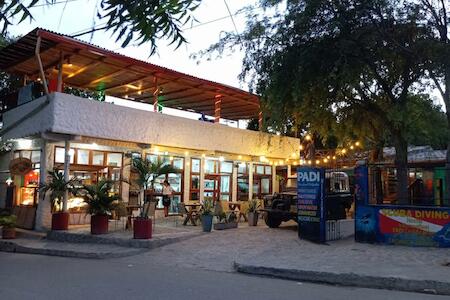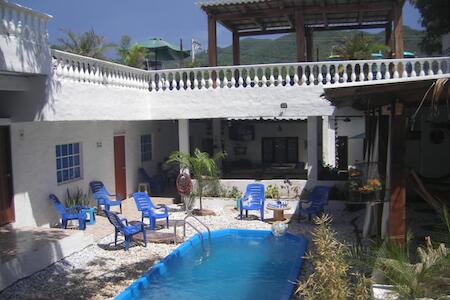Looking for budget stays in Taganga? This section is designed to save you time, money, and unnecessary stress. We've got insider tips to help you find affordable hostels and the cheapest places to stay in Taganga.

Taganga is a village of six thousand people during the high season. The area near the sea can be noisy at night with sound systems playing music. Everything is walkable in Taganga, so almost every Taganga hostel is close to grocery shops, bars, restaurants, dive schools, and of course the beach. The town is easily accessible from the nearby city of Santa Marta. You may have to take a taxi over as most minibuses don't allow you on with rucksacks (but you can try offering to pay double -- you'll still save plenty over the price of a taxi).
Taganga hostels are spread all over the village and there is no one area where they are concentrated. Prices are high for Colombia but it's worth bargaining, especially during the week, out of season, or if you are planning a long stay. It's possible to stay in a hostel dorm room for a very low price if you search, although these prices will become even harder to find as the inescapable rise of the boutique hostel hits. Many of the hostels come with kitchen facilities and it's definitely worth considering this, given the high prices in many of the beachside establishments.
The town itself is very relaxed during the day. Most people come here on the way to Tayrona National Park (tours can be easily arranged in the town) or to go diving, as Tanganga is the cheapest place in Colombia to gain your diving qualification. There are several reputable dive schools here.
Playa Grande is a beach just to the north of Taganga and is accessed by an easy winding cliff path. This is a much better beach than the thin strip at the town. There are many restaurants behind selling fresh fish dishes and it's now also possible to stay there in nice thatched huts.



